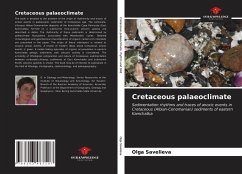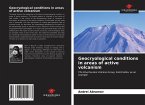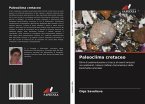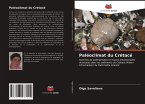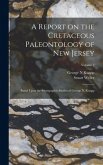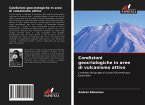The book is devoted to the problem of the origin of rhythmicity and traces of anoxic events in paleoceanic sediments of Cretaceous age. The carbonate-siliceous Albian-Cenomanian deposits of the Kamchatka Cape Peninsula (East Kamchatka), formed on a submarine intra-oceanic volcanic upland, are described in detail. The rhythmicity of these sediments is determined by paleoclimate fluctuations associated with Milankovitch cycles. Detailed mineralogical and geochemical characteristics of organic carbon-rich interbeds are presented in the paper. The origin of these interlayers is related to oceanic anoxic events. A review of modern ideas about Cretaceous anoxic events is given. A model linking episodes of organic accumulation in eastern Kamchatka pelagic sediments with volcanic activity is considered. The similarity of lithological composition and nature of Cretaceous sedimentation between carbonate-siliceous sediments of East Kamchatka and submarine Pacific volcanic uplands is shown. The book may be of interest to specialists in the field of lithology, stratigraphy, sedimentology, and paleogeography.
